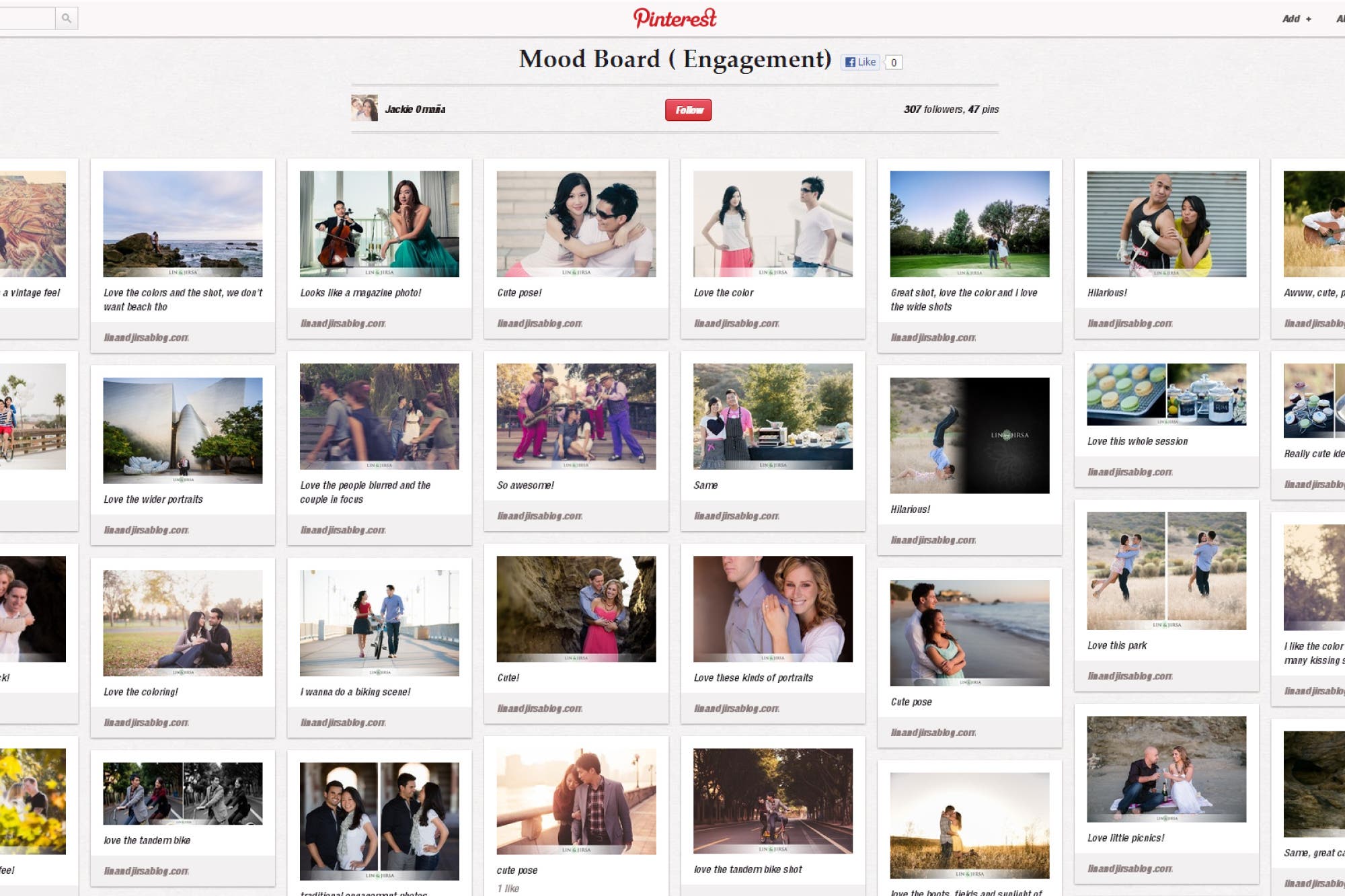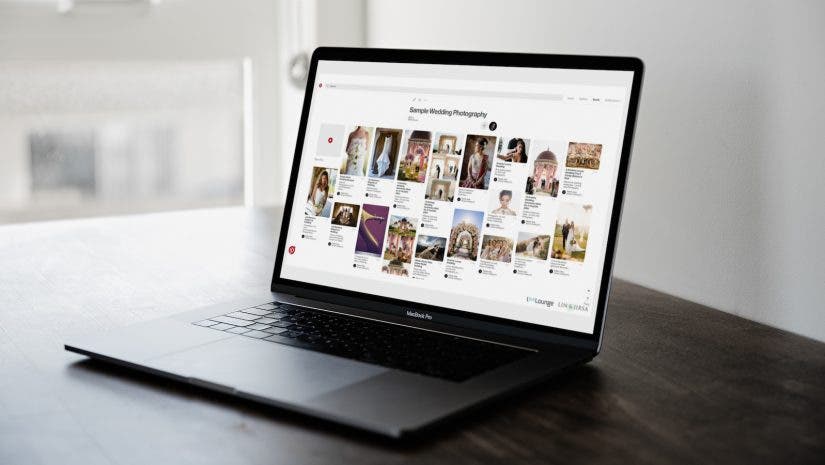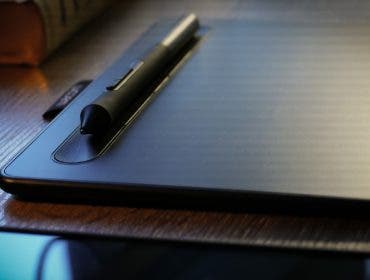Believe it or not, your ability to capture incredible images won’t matter much if your photos don’t match your clients’ vision. When working with clients, communication is key for meeting or exceeding expectations before, during, and after a shoot. Our success depends heavily on how well we understand what our clients want. Before ever picking up a camera, you should know what your client is looking for in terms of shooting style, locations, activities, posing, and more.
One of the best tools we have for understanding our clients and meeting their expectations is a photoshoot moodboard. If you’ve never heard of moodboards or you’ve avoided using them, you’ll find tips below that discuss what they are, how to make and use them, and why it’s important to include them in your workflow.
What is a Moodboard?

In photography, a moodboard (also known as an “inspiration” board) is a collection of photos that clients, photographers, or other involved parties (stylists, coordinators, etc.) put together for the purpose of conveying the desired look and style for a photoshoot. It also helps with identifying key emotions or moments that clients want to capture.
Whether you shoot weddings, family portrait sessions, or fashion/editorial shoots, you can put photoshoot moodboards to use. They allow you to envision what the shoot will look like in advance. In turn, this can also help you plan for organizing any gear, props, wardrobe, or scenery that you may include.
How to Create a Moodboard
Many people use Pinterest for creating moodboards, but you can choose from a number of apps that’ve been specially designed for this task. In my own workflow, I ask clients to select photos from my studio’s website and blog. The purpose of asking them to stick to our site as much as possible is to ensure they’re interested in our style of photography. It’s fine if they add a few images from elsewhere, but it can prove problematic if the majority of the images do not come from our studio. Ideally, your clients will hire you because they appreciate your imagery.
As for which types of images to include on a moodboard, ask clients to choose images that feature things they like, such as lighting style, poses, locations, and expressions, as well as things they don’t like. Asking them to note things they don’t like about certain images will help you avoid creating similar images.

Like many sites, my studio’s website features a hover function that allows clients to select images and automatically “Pin” them to a moodboard on Pinterest. If you don’t yet have a website or your site lacks this feature, simply create a moodboard for your clients in advance using a site like Pinterest and share it with them. You can also set up a folder in Google Drive, Dropbox, or a similar service that they can use to share photos. The advantage of using an app like Pinterest is that your clients can add comments on what they like or don’t like about the images they select for the moodboard.
How to Set Up a Moodboard on Pinterest
Here are some instructions to share with your client on how to create a moodboard on Pinterest.
- Create a Pinterest account (or sign into your existing account)
- Create a Board and give it a name (e.g. “Wedding Photography” – be sure to leave it public)
- Visit the studio’s Pinterest and blog pages, and “Pin” your favorite images. Add a detailed description of why you like the image. The majority of your images (80%) should come from the studio’s website.
- Add in a couple of images you like from other sites.
- When finished, email the Moodboard URL to the photographer.
How to Use a Photoshoot Moodboard
Building a photoshoot moodboard is one thing, but using it to its full potential is another. Once the moodboard is populated, you’ll need to schedule a meeting, either in person or remotely with shared screens, to discuss the moodboard.
Ask Questions
While reviewing a moodboard with your client, be sure to ask specific questions related to the images in the collection. The goal is to fully understand what they do or do not like about the chosen images. They should also know that the moodboard does not function as a shot list. That said, some of the shots on the moodboard can be marked as “must-haves” if they truly want to recreate the photo.
Here are some specific questions to ask or things to look for during the moodboard review.
Lighting

If your clients select several images that feature a particular lighting style — such as light and airy photos — ask them if they’d prefer that style of lighting for their shoot. If they do, you can probably plan on shooting with mostly natural light so long as the lighting conditions allow it. Or, if they prefer a more dramatic, editorial look, you can probably plan to use more off-camera flash and start thinking about posing and other elements to match the mood.
Locations and Activities

Choosing locations and planning activities to do in those locations is a big part of any session, and moodboards help a ton here. With a loaded moodboard, determining where to shoot and what to do there should be much easier. Each client is unique and the photos should reflect their interests and personalities. If your clients enjoy hiking, for example, consider hitting a scenic trail. On the other hand, if they favor a more urban look, then head downtown and use the city as your backdrop. Also, be on the lookout for potential props. If instead of hiking your clients enjoy riding bikes, ask them to consider bringing a bike along for the shoot.
Posing and Expressions
Sometimes, we get caught up with finding epic backdrops or using sophisticated lighting techniques to illuminate our subjects. These are important elements, to be clear, but some of our clients’ favorite photos have more to do with the expressions they’re making or the poses they’re in. This is especially true with family and couples portraits. Ask your clients about the poses and expressions featured in the moodboard selections, and be sure to know what works and doesn’t work for them.
Now that we’ve discussed what a photoshoot moodboard is and how to create and use it, let’s talk about why using one is important.
Why a Photoshoot Moodboard Is Important
- Visually Share Concepts with Clients
- Find Inspiration
- Set Proper Expectations
- Identify and Address Concerns
- Get Free Marketing
1. Visually Share Concepts with Clients
As illustrated in the section above on how to use a moodboard, we can see they help us visually share concepts with clients. While it might be difficult to put into words what a client is looking for in a shoot, the moodboard images make it easy to show what they want. Using concrete examples, moodboards help reveal what your clients are looking for in terms of locations, activities, lighting style, poses, expressions, and more.

Just be sure to ask your clients to include notes on what they like or don’t like about the images they select. Otherwise, while we see an epic environmental portrait using a clever lighting technique, they may be drawn to the pose. Or maybe it was just the location. Taking time to discuss each image with your clients will allow this carefully curated collection to serve you well for the upcoming session.
Communication Case Study
I should also note that some clients are more understated than others. There have been times on a shoot when I’ve shown my clients some of the shots I’ve captured on the back of my camera, and their reaction was…mild. If I were gauging the direction of the shoot based on their reaction, I would have changed course. Instead, I relied on the moodboard to know what they wanted, and the clients later emailed me and shared how much they enjoyed the photos. This is another way a moodboard can help with communication for photoshoots.
2. Find Inspiration

As you discuss the moodboard photos with your client, you can start thinking creatively about the photoshoot. Consider ways to combine different elements from the selections and get inspired to create unique portraits for this session. For example, if your clients have selected silhouette shots for a night session, try incorporating a light painting technique.
3. Set Proper Expectations

Another reason to create a moodboard involves setting proper expectations with your clients. Say, for example, that your clients have booked a two-hour engagement session. When reviewing the moodboard, you might notice a selection of mid-day or golden hour images alongside a collection of nighttime portraits. Furthermore, maybe half of the shots were taken in a park or on the beach, and the other half were taken downtown.
The chances of hitting two distant locations with different lighting scenarios in a two-hour timeframe are slim to none. Upon recognizing this, we can recommend that our clients make the most of a single location or else suggest our clients add more time to their session so that we can go all out and include the different looks they want. It’s important that we positively communicate with our clients and offer solutions rather than telling them their expectations are unrealistic.
4. Identify and Address Concerns
A photoshoot moodboard can help you quickly identify and address concerns before the shoot. For example, I mentioned earlier that we prefer that our clients select mostly our images (roughly 80%) when creating moodboards. Part of the reason for doing this is to ensure our clients are interested in our style of photography. If the client has selected a large number of photos from another photographer, it’s probably because the photos don’t match the style of imagery featured on your website. This would be a red flag that you’d need to identify and address up front.
While you might want to try some new techniques featured in the shots to push your own creativity, you don’t want to abandon your style in favor of mimicking other photographers. First, you probably won’t shoot in the other photographer’s style as well as they do (at least not right away). Also, mimicking another photographer won’t allow you to capture the kind of shots you want to promote through your business. In this case, I’d ask the client if capturing elements they like about the moodboard photos in our style would work for them. If not, it might be better to let them go rather than deliver photos they don’t love. Other concerns may arise as well while discussing the moodboard. If and when they do, be sure to address them before moving on.
5. Get Free Marketing
One great reason to use moodboards with your clients is to take advantage of the free marketing they offer. This is especially true when you use Pinterest to pin images from your blog to your client’s moodboard. Each pinned image performs like a social media share and includes a link back to your website. This provides a valuable source of website traffic that you don’t have to pay for.
Conclusion
I hope you enjoyed this overview of how and why you should ask your clients to create a moodboard. It’s in our best interest to use available tools like moodboards to meet or exceed our clients’ expectations. They’re easy to use and—when used effectively—can serve as a helpful guide for planning and executing a photoshoot.






